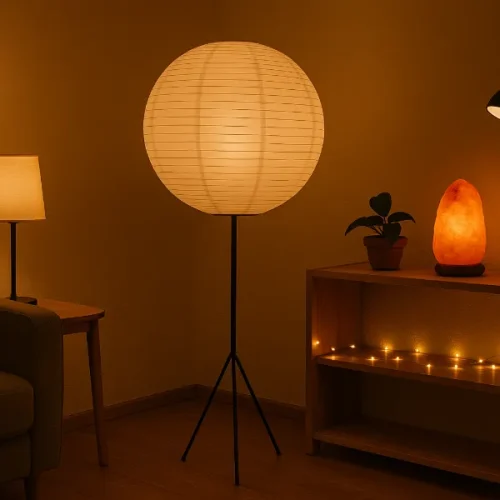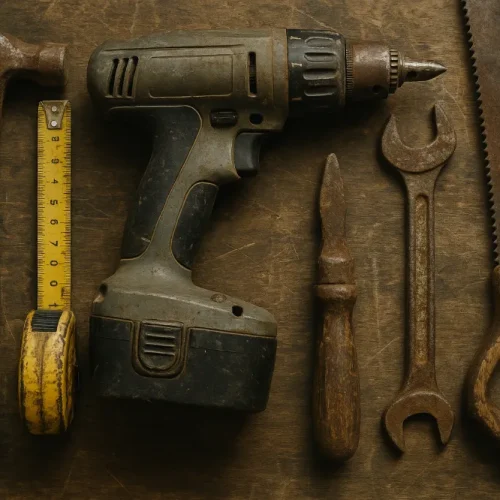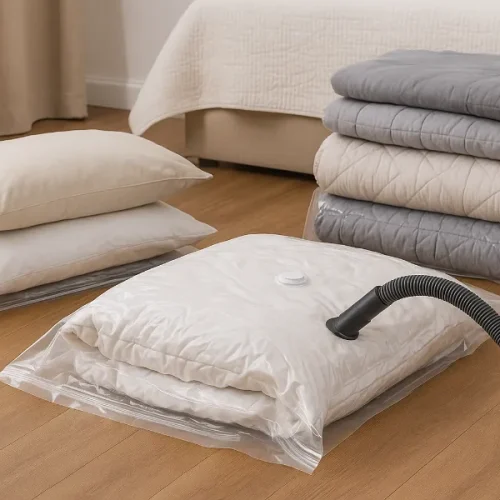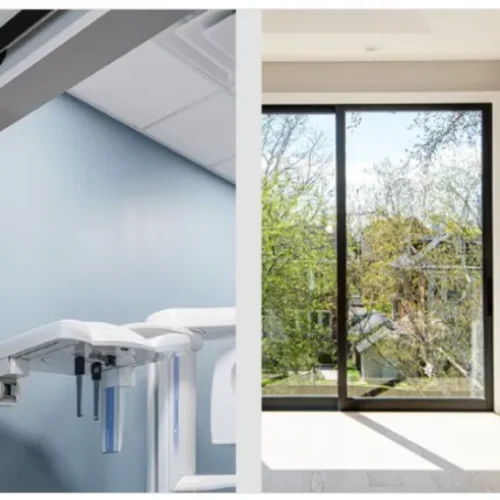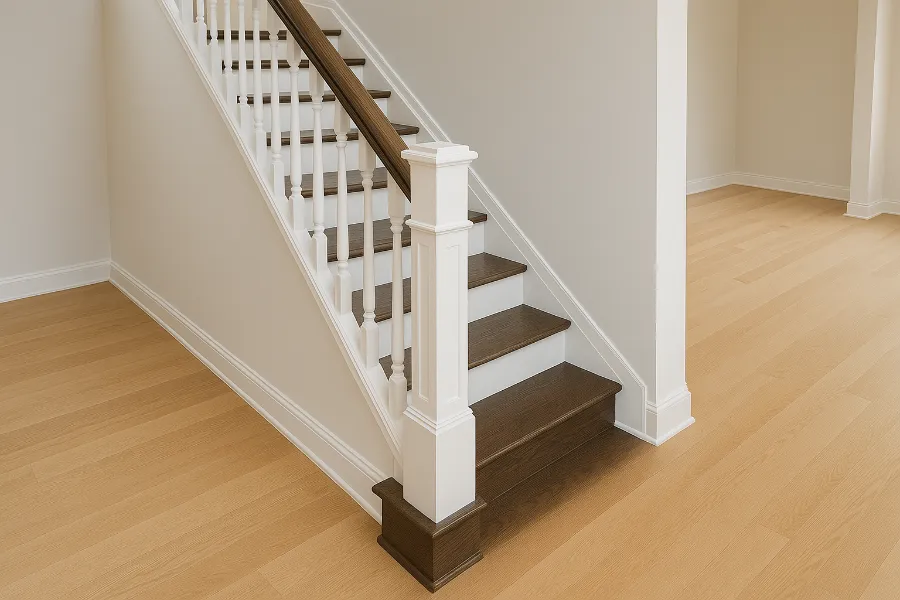
There’s something effortlessly striking about pairing dark wood stairs with light wood floors. The bold contrast catches the eye the moment you step into a home. It’s dramatic yet balanced. Classic yet modern. This combination has become one of the most loved design choices among homeowners, interior designers, and architects—and for good reason.
If you’ve ever wondered how to pull off this look in your home without overwhelming the space or making things look mismatched, you’re in the right place. Let’s explore why this pairing works so well, how to make it cohesive, and some creative ways to style your stairs and floors to elevate your interiors.
Matching vs. Coordinating: The Big Question
One of the first concerns homeowners have is whether stairs need to match the flooring. Here’s the truth: they don’t.
In fact, making your dark wood stairs perfectly identical to your light wood floors often flattens the look. What creates depth and interest is coordination, not duplication.
Think of it like choosing an outfit. You wouldn’t wear a shirt, pants, and shoes all in the exact same shade. Instead, you mix tones that complement each other. The same rule applies here.
The goal is harmony—not uniformity. Your stairs can stand out as a design feature while still feeling connected to the rest of your home.
Best Ways to Combine Dark Stairs and Light Floors
So how do you strike that balance? Here are a few strategies:
Choose complementary undertones
Both light and dark woods have undertones—warm, cool, or neutral. If your light floors are white oak with a warm golden undertone, pick a dark stair stain with a similar warmth. If your floors lean gray or cool, try a dark espresso or black stain.
Introduce a middle tone
A great trick is to use a mid-tone wood for stair railings or trim. This acts as a bridge between your light floors and dark stairs, softening the contrast.
Consistency in finish
Matte, satin, or glossy—whatever you choose, keep the finish consistent between stairs and floors. A glossy stair against a matte floor can feel disjointed.
Carry the palette upward
Tie the dark stairs into your space by echoing the same deep tones in furniture, cabinetry, or even window frames. This repetition makes the contrast intentional, not accidental.
Using Contrast for Visual Impact
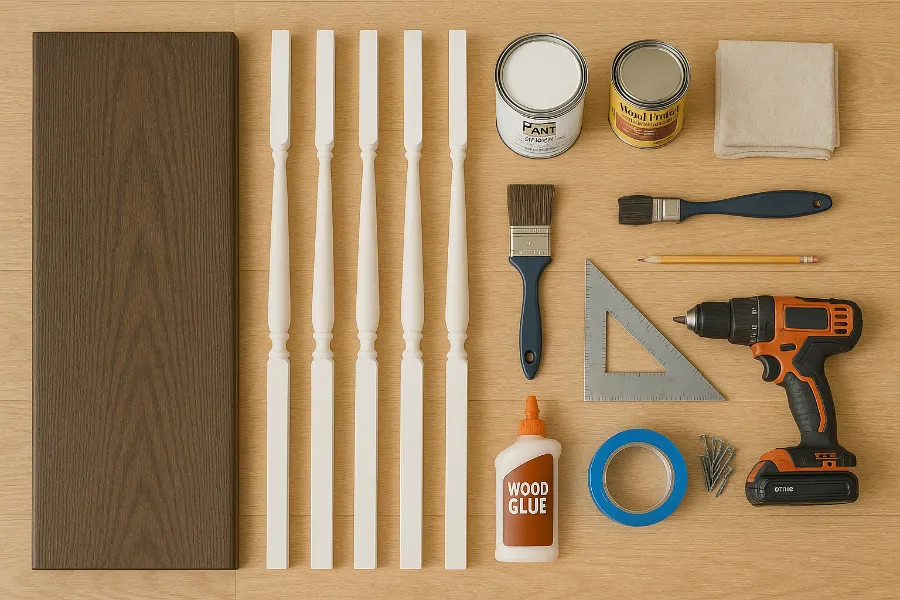
Contrast is what makes this combination shine. The light floor reflects brightness, making the room feel bigger and airier. The dark stairs, in turn, ground the space, adding richness and depth.
Here’s where design psychology comes in:
- Light floors create openness and calm. They draw light into the room, making it appear larger.
- Dark stairs create a focal point. They lead the eye upward and add sophistication.
Together, they create rhythm and balance. Imagine walking into a space with pale oak flooring and bold espresso stairs—your gaze instantly moves, exploring both horizontal and vertical planes. It’s dynamic and intentional.
Creative Design Ideas
If you want to push your design even further, here are some creative ways to personalize your dark wood stairs with light wood floors:
Add a carpet runner
A patterned or textured runner not only adds comfort and safety but also introduces another design element. Consider neutral tones for subtlety or bold geometric prints for a statement.
Paint or tile the risers
Painting risers white, light gray, or even a contrasting color can highlight the dark treads beautifully. Decorative tiles on risers add a touch of artistry and work especially well in eclectic or Mediterranean-style homes.
Play with staircase shape
Floating stairs, curved designs, or open risers add architectural drama. Pairing them with light floors makes them look even more sculptural.
Layer rugs with purpose
If your light floors extend into hallways or entryways near the stairs, use area rugs to break up the expanse and tie the tones together.
Benefits of Light Wood Floors
While the stairs usually steal the show, the floors provide the foundation. Choosing light wood floors comes with major perks:
- Space illusion: Light floors make rooms appear larger and more open.
- Timeless look: White oak, maple, or ash floors are classic choices that don’t go out of style.
- Durability: Many light hardwoods are incredibly tough and withstand heavy use.
- Maintenance: Lighter woods hide scratches, dust, and pet hair better than dark floors.
That last point alone wins over many homeowners. With light floors, your space looks fresh with far less effort.
Safety Considerations
It’s not just about style—stairs are a high-traffic zone, so safety matters.
- Grip: Choose a satin or matte finish for better traction. Glossy finishes can be slippery.
- Runners: Beyond aesthetics, carpet runners add grip and cushioning.
- Lighting: Consider LED stair lights or wall sconces. Proper lighting highlights the dark treads and prevents trips.
- Contrast: The natural contrast between dark treads and light floors actually makes stair edges more visible, reducing accidents.
FAQs
What wood floor colors go best with dark stairs?
White oak, pale maple, light ash, and even gray-washed pine pair beautifully. The key is choosing an undertone that complements the stair stain.
How do you clean light wood floors?
Use a microfiber mop and hardwood-safe cleaner. Avoid harsh chemicals that strip the finish. Vacuum regularly with a soft brush attachment to remove dust.
How long do light hardwood floors last?
With proper care, hardwood floors can last 50–100 years. Light woods like oak are incredibly durable and can be refinished multiple times.
Bringing It All Together
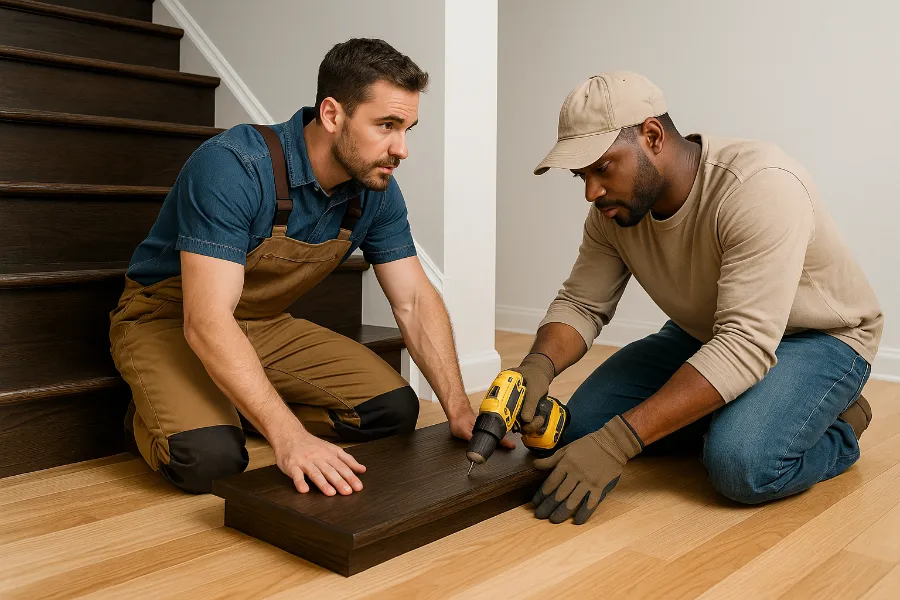
Pairing dark wood stairs with light wood floors is about striking a balance between boldness and softness, tradition and modernity. The light floors give your home an airy, welcoming feel. The dark stairs add richness and drama. Together, they create a timeless combination that works across design styles—from minimalist modern lofts to cozy traditional homes.
So, if you’re planning a remodel or building new, don’t be afraid of contrast. Lean into it. Because when it comes to design, it’s often the differences that make a home unforgettable.



